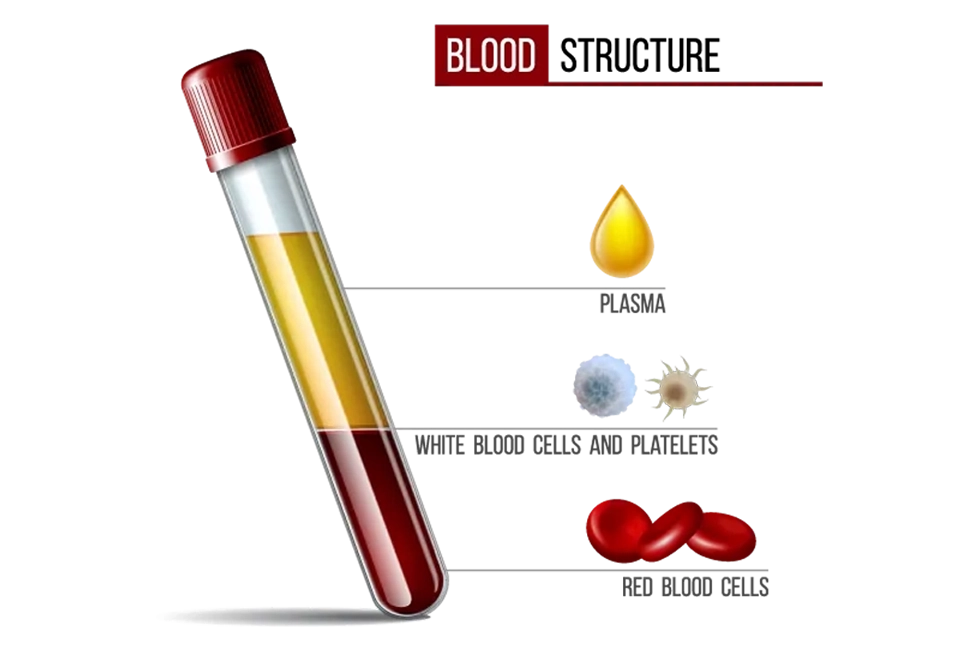Platelet-rich plasma (PRP) therapy is a cutting-edge treatment designed to stimulate the body’s natural healing processes. This innovative approach utilizes components from your blood to treat damaged tissues. PRP therapy has shown promise in addressing common overuse conditions, such as tendonitis and other soft tissue injuries.
Understanding Platelet-rich plasma (PRP)
PRP is a concentration of platelet cells derived from your blood. These platelets are rich in growth factors, essential chemicals that signal the body to initiate a healing response. The goal of injecting PRP into injured areas is to enhance and accelerate the body’s natural healing abilities, particularly for chronic injuries. PRP contains a high concentration of platelets, other crucial blood cells, and growth factors that collectively aid healing.
PRP Uses In Sports Medicine
PRP has been used in medical settings for decades, initially to promote wound healing and bone formation during spinal fusion surgeries. More recently, its application has expanded to outpatient settings for treating sports-related overuse conditions, including:
- Achilles Tendonitis
- Hip Osteoarthritis
- Knee Osteoarthritis
- Rotator Cuff Tendonitis
- Tennis Elbow
- Patellar Tendonitis
The PRP Procedure
PRP injections are typically administered in a physician’s office, and the entire procedure takes about 30 minutes. Here’s a step-by-step breakdown of the process:
1. Blood Withdrawal: Blood is drawn from a vein in the patient’s arm.
2. Centrifugation: The blood is placed in a centrifuge, spilling rapidly to separate the different blood components.
3. Extraction and Injection: The physician extracts the platelet-rich portion of the blood and injects it into the injured area.
Finding a physician offering PRP injections can sometimes be challenging, but OC Sports and Wellness specializes in chronic sports injuries.
How PRP is Obtained
The PRP used for injections is derived from the patient’s blood. After drawing blood from the patient’s arm, it is processed in a centrifuge to separate the platelet-rich plasma from other blood components. The concentrated layer of “spun” blood contains not just platelets but also other essential growth factors, plasma, and some red blood cells, all of which contribute to the healing process.
Injection Process
Once the PRP is prepared, it is injected into the target area. Some physicians may add an “activating agent,” such as thrombin or calcium chloride, to enhance the platelets’ effectiveness. However, studies suggest that the treated tendons can also naturally activate the PRP, making additional agents unnecessary.
Pain and Discomfort
The PRP injection process involves two insertions: one for drawing blood and another for the actual injection. This can cause some discomfort. Local anesthetics can be administered to minimize pain during needle insertion. Unlike cortisone injections, which often provide immediate relief, the benefits of PRP injections typically develop over time as the healing process progresses.
Potential Side Effects
PRP injections are generally safe, but side effects can occur. The most common risks include infection at the injection site and increased inflammation and pain following the procedure. PRP is not recommended for individuals with bleeding disorders, those on anticoagulation medications, or those who have cancer, active infections, or are pregnant.
Cost Considerations
Insurance typically does not cover PRP injections, leading to out-of-pocket expenses for patients. Despite the cost, many patients find PRP injections a worthwhile investment due to the potential for significant healing and pain relief. At OC Sports and Wellness, concierge members receive discounts on PRP and many other therapies.
If traditional treatments have not provided relief, PRP therapy may be a viable option worth considering in consultation with Dr. Sunshine.
We hope this information is helpful. At OC Sports and Wellness in Orange County, we understand the importance of balancing your health amidst a busy lifestyle. We offer convenient options for scheduling visits, texting, or video chatting with Dr. Sunshine. Let’s work towards your well-being! We invite you to reach out: 949-460-9111



